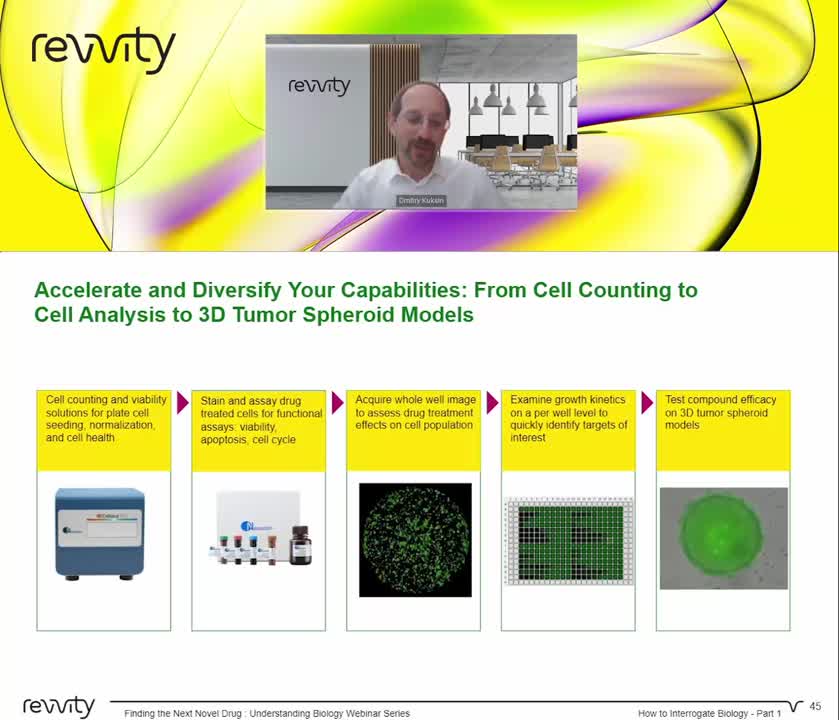
The field of cell counting has undergone a significant transformation in recent years, especially with the growing use of cells in research, biomanufacturing, and therapeutic products. This shift has meant that the role of cell counting has expanded far beyond basic enumeration and is now being used to help understand the functional aspects and mechanisms of action of cellular targets.
Cell counting is now integral to many functional assays, encompassing various applications. These range from determining functional endpoints such as cell viability and proliferation, to evaluating the cytotoxic effects of various compounds on cells. It also facilitates the real-time monitoring of cellular behavior, providing invaluable insights into dynamic cellular processes.
But how have advances in cell counting, imaging, and analysis tools accelerated and diversified researchers’ capabilities within the drug discovery field?
Advanced technologies and enhanced efficiencies
Technical advancements in cell counting, such as the integration of automated high-throughput methods, marks a transformative leap from traditional manual cell counting practices. Manual cell counting tends to be time-consuming and laborious and can also result in large variations in cell concentration and viability calculations.
Automating cell counting processes offers three key advantages over manual cell counting:
- Increased efficiency and throughput
- Enhanced accuracy
- The ability to integrate with multifunctional assays
Increased efficiency and throughput
Automated cell counters have gained popularity for their ability to accelerate the cell counting process, allowing for rapid analysis of large sample sets. Automation also enables the handling of a high volume of samples simultaneously, which is crucial for screening large compound libraries making it feasible to analyze a vast number of potential drug candidates.
Enhanced accuracy
The development of dedicated instruments and imaging techniques has resulted in significant improvements in the precision and accuracy of cell counting. Automation reduces the potential for human error, leading to more reliable, consistent, and reproducible results.
Integration with multifunctional assays
The ability to combine and multiplex assays with functional analyses allows researchers to not only count cells, but also gather additional information about cellular functions, viability, proliferation, and responses to various treatments. The ability to combine cell counting with other assays enhances the accuracy of the observations and paints a broader and more detailed picture of cellular behavior.
Wider applications of cell counting
Beyond functional analyses, precise cell counting plays a critical role in the successful development of a broad spectrum of cellular-based products. Mammalian cells are increasingly being used to express therapeutic proteins and antibodies, develop cell-based therapies such as CAR T-cell therapies, and for use in regenerative medicine and tissue engineering—all of which require accurate cell counting. The rise of advanced research tools, such as 3D cell culture systems and organoids, further emphasizes the need for precise cell counting. Researchers working with complex cell models rely on accurate counts to establish optimal culture conditions and study cellular responses within more physiologically relevant environments.
To discover more about our cell counting solutions and gain insights into selecting the right tool for your needs, watch our video.

Choosing the right tool for the right job
At Revvity, we offer a leading portfolio of automated cell counters, image cytometry systems, and cell counting reagents and consumables for fast and accurate cell counting. These technologies provide an efficient way to assess cell health and viability, perform immunophenotyping, and execute a range of routine cell-based assays.
For research use only. Not for use in diagnostic procedures.


































